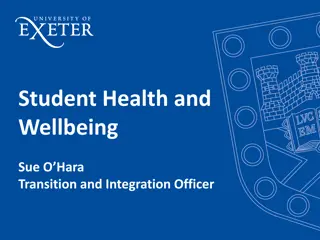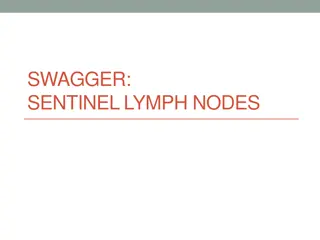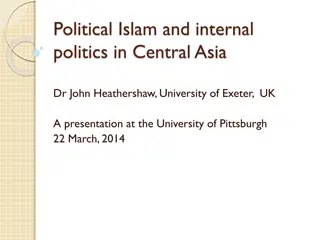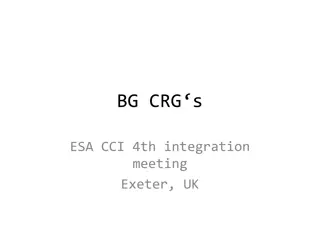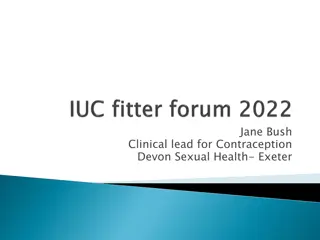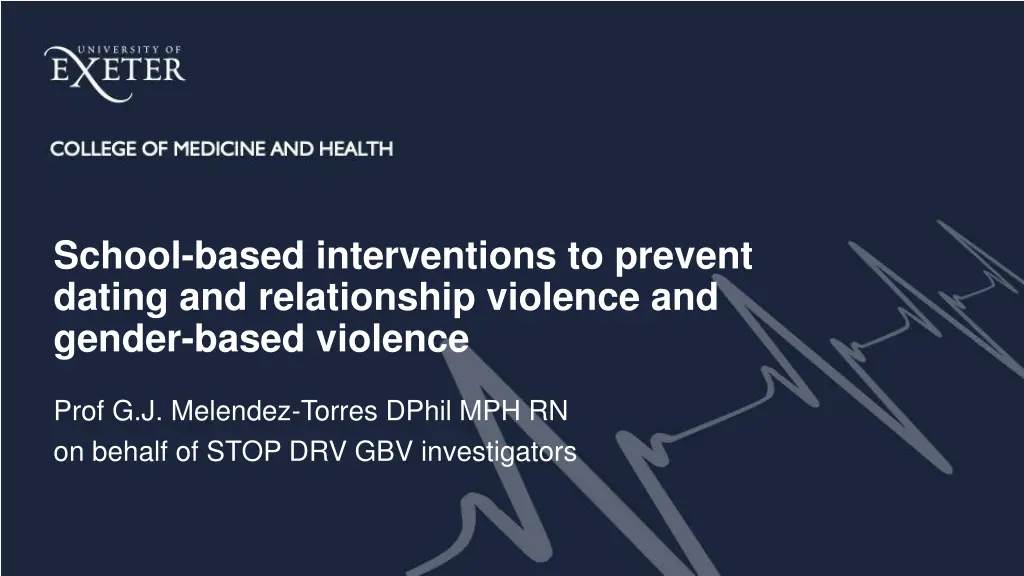
School-Based Interventions for Preventing Dating and Gender-Based Violence
Explore the effectiveness of school-based interventions in preventing dating and relationship violence (DRV) and gender-based violence (GBV). Findings suggest that interventions are more effective in the long term, particularly in reducing long-term DRV victimization and perpetration, especially in high-income countries. While interventions for GBV are not as conclusive, they show potential effectiveness in certain contexts.
Download Presentation

Please find below an Image/Link to download the presentation.
The content on the website is provided AS IS for your information and personal use only. It may not be sold, licensed, or shared on other websites without obtaining consent from the author. If you encounter any issues during the download, it is possible that the publisher has removed the file from their server.
You are allowed to download the files provided on this website for personal or commercial use, subject to the condition that they are used lawfully. All files are the property of their respective owners.
The content on the website is provided AS IS for your information and personal use only. It may not be sold, licensed, or shared on other websites without obtaining consent from the author.
E N D
Presentation Transcript
School-based interventions to prevent dating and relationship violence and gender-based violence Prof G.J. Melendez-Torres DPhil MPH RN on behalf of STOP DRV GBV investigators
What did we seek to do? Evaluate the effectiveness of school-based interventions to prevent dating and relationship violence and gender-based violence Explore heterogeneity in effectiveness Develop pathways to effectiveness
Why did we seek to do this? Previous reviews have had incomplete searches (missed studies) Previous reviews have stopped at does it work (missed opportunities) Previous reviews have considered a limited number of outcomes (missed connections) After searching 21 databases, we included 68 randomised trials in our analysis
What did we seek to do? Evaluate the effectiveness of school-based interventions to prevent dating and relationship violence and gender-based violence Explore heterogeneity in effectiveness Develop pathways to effectiveness
Do interventions work for DRV? Primarily in the long term (at least one year post-baseline) For short-term DRV victimisation, statistically non-significant For long-term DRV victimisation, likely (reduction in odds of 18%), and interventions are more effective in samples with more girl children For short-term DRV perpetration, statistically non-significant For long-term DRV perpetration, likely (reduction in odds of 22%), and interventions are more effective in high-income countries (reduction in odds of 29%)
Do interventions work for GBV? Not convincingly, but For short-term GBV victimisation, interventions are more effective in samples with more girl children, and appear effective in high-income countries (reduction in odds of 7%) For long-term GBV victimisation, interventions appear effective in high-income countries (reduction in odds of 14%) For short-term GBV perpetration, statistically non-significant For long-term GBV perpetration, interventions appear effective in high-income countries (reduction in odds of 14%)
Do interventions work for knowledge and attitudes? Short-term, but not long-term, impacts on violence acceptance and knowledge of DRV/GBV Short-term, but not long-term, impacts on attitudes to intervening and attitudes to personal help-seeking Evidence for social norms generally poor Evidence for bystander behaviours generally poor
What did we seek to do? Evaluate the effectiveness of school-based interventions to prevent dating and relationship violence and gender-based violence Explore heterogeneity in effectiveness Develop pathways to effectiveness
What accounts for the substantial heterogeneity in victimisation and perpetration effects? Spoiler alert: not much! Interventions tend to be more effective in high-income country contexts Interventions tend to be more effective at reducing DRV and GBV victimisation in samples with more girls However, individual intervention components do not explain heterogeneity in effectiveness!
Can intervention type explain heterogeneity? We classified interventions as: single-component: short-term, five sessions or fewer curriculum: integrated into e.g. PSHE/RSE teaching, more than five sessions over a sustained period of time multi-component: more than curriculum, but not seeking to address school environments and structural aspects multilevel: whole-school strategies including school environments and structural aspects (e.g. school policies, school cultural norms)
Can intervention type explain heterogeneity? Intervention type did not explain heterogeneity for any victimisation or perpetration outcomes, nor was any type more effective than another However, some signal in DRV victimisation that single-component interventions and, to a lesser degree, multilevel interventions are most effective This is surprising!
What did we seek to do? Evaluate the effectiveness of school-based interventions to prevent dating and relationship violence and gender-based violence Explore heterogeneity in effectiveness Develop pathways to effectiveness
What distinguishes most effective interventions from others? Qualitative comparative analysis: looking at combinations of causes rather than individual causes Distinguishing most effective interventions for victimisation: Interventions that are most effective for perpetration, OR Interventions that include single-gender components, OR Interventions delivered to samples with a high percentage of girls
What distinguishes most effective interventions from others? Qualitative comparative analysis: looking at combinations of causes rather than individual causes Distinguishing most effective interventions for perpetration: Interventions that are single-component; OR Interventions that have interpersonal components; OR Interventions that incorporate a high level of guided practice of skills For GBV only: Interventions that include social structural components
Where do we go from here? It may be less important to do something complicated than to do something well. Our analysis did not suggest that doing something complicated would necessarily lead to better effects. Capacity to implement. Our finding regarding single-component interventions was surprising, but could reflect ease of implementation and more universal fit with school needs and capacities.
Where do we go from here? Destabilising harmful practices or establishing prosocial behaviours. Interventions may focus on reducing harmful behaviours by making them less desirable, but may also seek to replace these with prosocial behaviours. School resourcing and basic safety. Evidence from our syntheses suggested that under-resourced schools and schools in areas of high deprivation may have a greater focus on ensuring the basic safety of students by suppressing harmful behaviours rather than encouraging positive behaviours.
Emma Rigby is camera- shy






